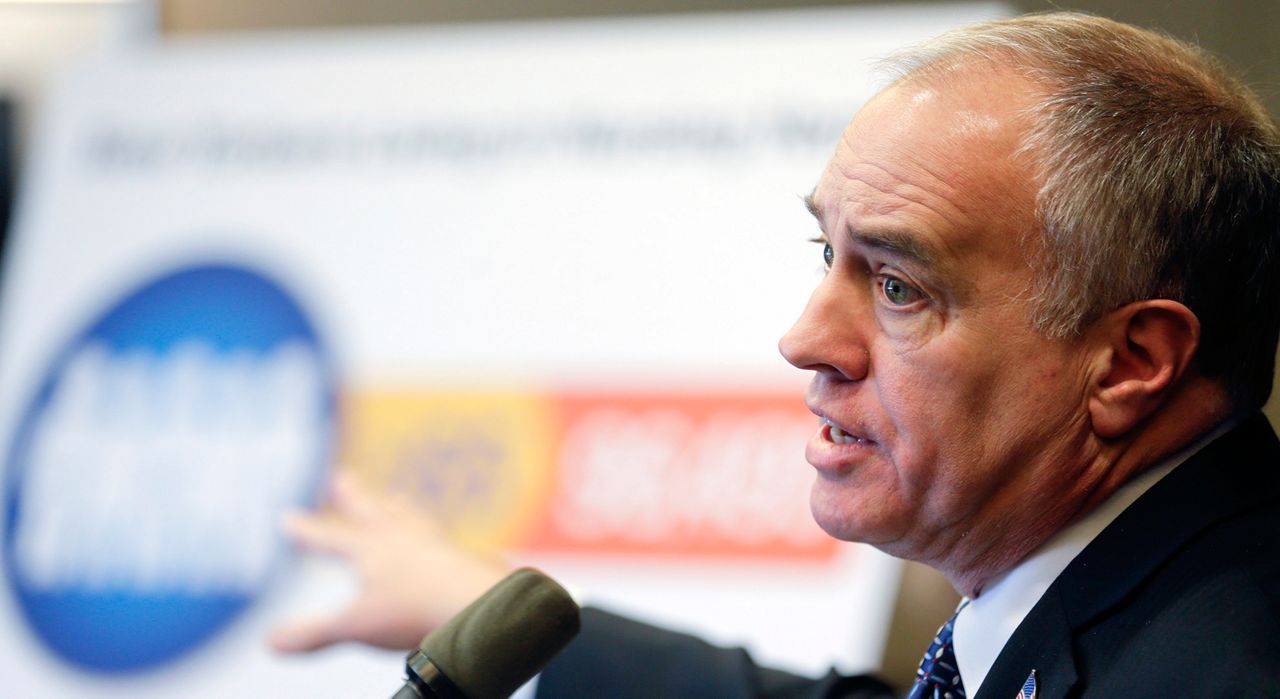The question marks raised by Gov. Andrew Cuomo's state budget plan, and how New York will ultimately close a multi-billion-dollar gap in the Medicaid program, is fueling uncertainty for beneficiaries, providers and local governments, Comptroller Tom DiNapoli found in a report released Friday.
The annual budget anaylsis by DiNapoli's office assessed the $178 billion spending plan proposed last month by Cuomo.
New York faces a $6.2 billion budget gap, which includes a $2.5 billion shortfall for Medicaid. Cuomo has empaneled a commission to finding savings in the program, turning to officials from local government, hospitals and labor.
The move is the same as the push he made in 2011 to overhaul Medicaid spending and slow the rate of growth in spending. The budget also defers $1.7 billion in Medicaid costs.
It's not year clear, however, where all of those savings will from, DiNapoli's report noted.
“New York’s economy is expanding but the state is still facing a serious budget gap," DiNapoli said. "It’s imperative the Medicaid Redesign Team seek broad input on the root causes and options for addressing rising Medicaid costs,” DiNapoli said. “There is limited time for deliberations before the budget deadline. The state needs to identify long-term solutions for the millions of New Yorkers that rely on Medicaid and the taxpayers who will be footing the bill. Failure to effectively solve the Medicaid problem may result in harmful impacts in other areas of the budget this year and going forward."
The budget gap in particular has been a concern overall considering the relative strength of the state's tax revenue and the overall health of the economy.
The Division of Budget, an arm of the Cuomo administration, knocked the report.
“As usual the comptroller tries to have it both ways – he critiques the modest spending increase as too much, and then points to where he thinks we should spend more," said spokesman Freeman Klopott. "Meanwhile, the Medicaid Redesign Team is hard at work analyzing spending and hearing from the public to achieve its target of $2.5 billion in reduced spending growth in the program while maintaining high-quality care for six million New Yorkers so that it’s financially sound for the future. For nine consecutive years, the State has successfully proposed, negotiated, and adopted a more than $170 billion budget for the entire State in eight to 10 weeks.”


